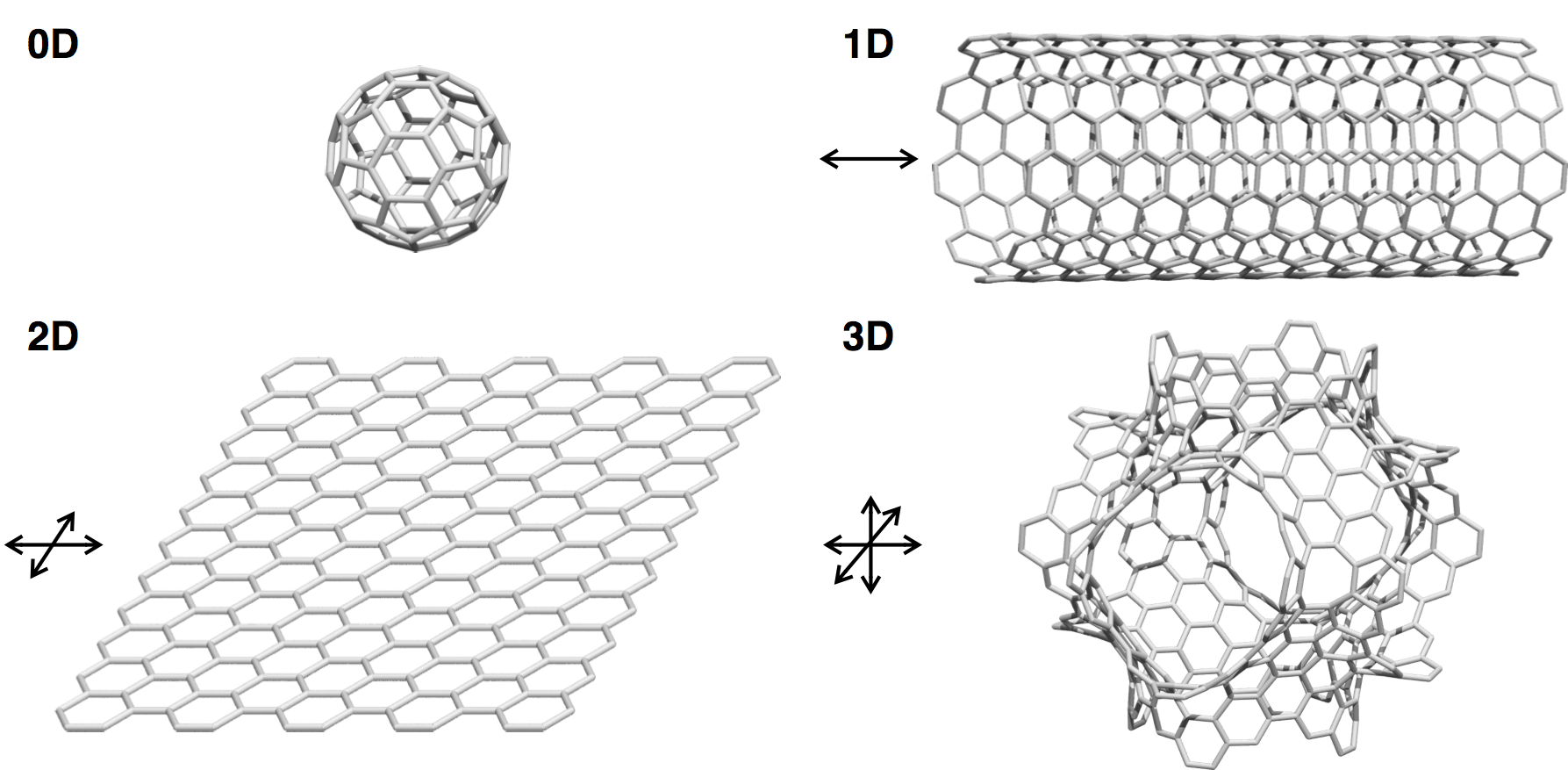


Yasutomo Segawa, Hideto Ito, and Kenichiro Itami
Nat. Rev. Mater. 2016, 1, 15002. DOI: 10.1038/natrevmats.2015.2
Nanometre-sized carbon materials consisting of benzene units oriented in unique geometric patterns, hereafter named nanocarbons, conduct electricity, absorb and emit light, and exhibit interesting magnetic properties. Spherical fullerene C60, cylindrical carbon nanotubes and sheet-like graphene are representative forms of nanocarbons, and theoretical simulations have predicted several exotic 3D nanocarbon structures. At present, synthetic routes to nanocarbons mainly lead to mixtures of molecules with a range of different structures and properties, which cannot be easily separated or refined into pure forms. Some researchers believe that it is impossible to synthesize these materials in a precise manner. Obtaining ‘pure’ nanocarbons is a great challenge in the field of nanocarbon science, and the construction of structurally uniform nanocarbons, ideally as single molecules, is crucial for the development of functional materials in nanotechnology, electronics, optics and biomedical applications. This Review highlights the organic chemistry approach — more specifically, bottom-up construction with atomic precision — that is currently the most promising strategy towards this end.